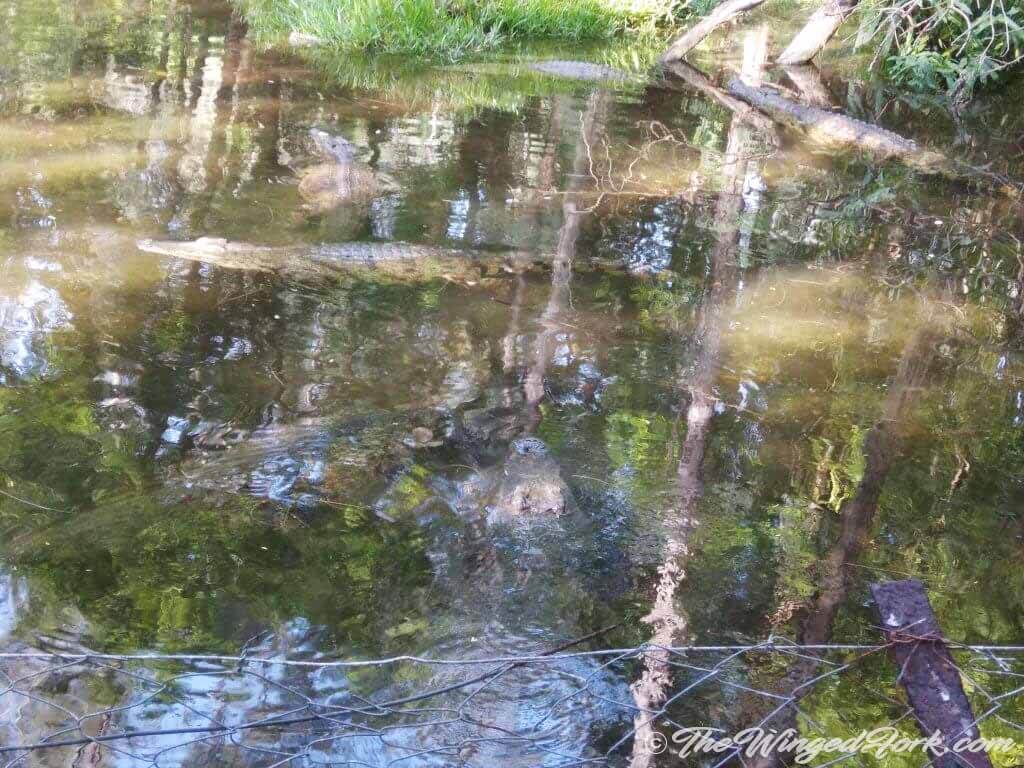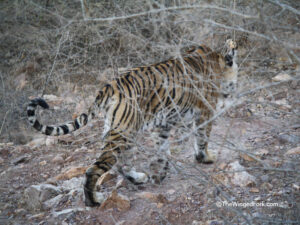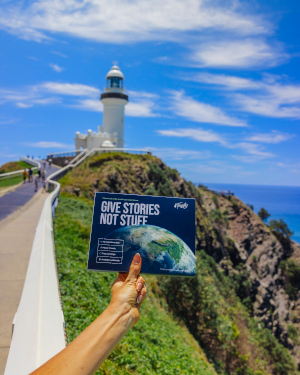I wanted to see Owen and Mzee at Haller Park when I visited this nature park in Mombasa, Kenya last month, but they weren’t on display.
I did get to see a lot of animals in this national park, including fish, snakes, antelopes, hippos, monkeys, birds and Mamba! That’s Swahili for crocodile, and they are one of the attractions that draw a lot of crowds, especially at feeding time.

I have been to Kenya many times before, as a result of which my demanding sis makes me write blogs about it, like my top ten to visit, or the one about the lions mating that you’ve probably already seen.
But I haven’t been to many parks that are enclosure-like before. So Haller was a first, but it was pretty large. Nope, I don’t remember the Haller Park entrance fees, but I do remember that the crocodile feeding starts at 4:30 pm.
Haller Park in Mombasa, originally known as the Bamburi Nature Trail till 1999 was a project started by Dr Rene Haller to the South of the Bamburi Cement factory in Mombasa.
The project from 1959 saw Rene rehabilitate the waste cement quarry lands and introduce plants and vegetation into the area, starting with the casaurina, the damas and the coconut palm.
They were also the first park to receive an award called the Global 500 Roll of Honour from the United Nations Environmental Program for their ecologically sound rehabilitation.
They also received a number of other awards for their work in wildlife over the years and are now under the umbrella of LaFarge Ecosystems.
Anyways, as I was saying. the Mamba or crocodiles draw a lot of visitors at feeding time. So we gathered there as well. It started with a trickle and soon it was a frenzy. Of people I mean. 😉 They ooh and ah and talk about the mamba and of course took a lot of pics, just like me.
See the previous picture above. It looked really peaceful and quiet when we got to the crocodile feeding area. Then you look closer and you see these crocodiles. Awesome aren’t they?

And then the park staff comes to feed them some chicken and it makes for a really good show. Are these chicken as tasty as other African food? I don’t know.








After watching a while, I figured it’s better to take a video of the next few. So here goes!
Took a break from filming, and the next minute they got some chicken. So oops, missed that one. So started again, and stopped, and started and finally, Mr or Mrs Croc got another one while I was filming. Thank heavens!
You’re thanking me that this video was shorter, aren’t you? Who knows what my sis will make me write about Africa next!
See you next time!
Travel Posts About Africa
- Safari to see lions in Africa
- My Top Ten Favorite Parks In Kenya
- Encounter With A Tusker – Tales From The Mara
- What to eat in Africa
- Cape Town is perfect for wines




Sarah has worked in travel for 11 years and specializes in Africa. She caters to clients looking to travel to niche destinations across the globe, whether it’s climbing Mount Kilimanjaro, rafting on the Zambezi River, viewing seals and penguins in Antarctica or walking Safaris in Africa…..
She loves music, wine, food and travel. Her love for nature and wildlife makes her work even more enjoyable and satisfying. Armed with her camera, she likes to take photographs and write stories that inspire you to pack your bags and run off to a faraway destination.







Awesome pics and videos. It’s crazy how they just appear from nowhere. Can see how they make such good hunters and why we
have to be super aware of their abilities when you go to places they live. Looking forward to your next wild life blog.